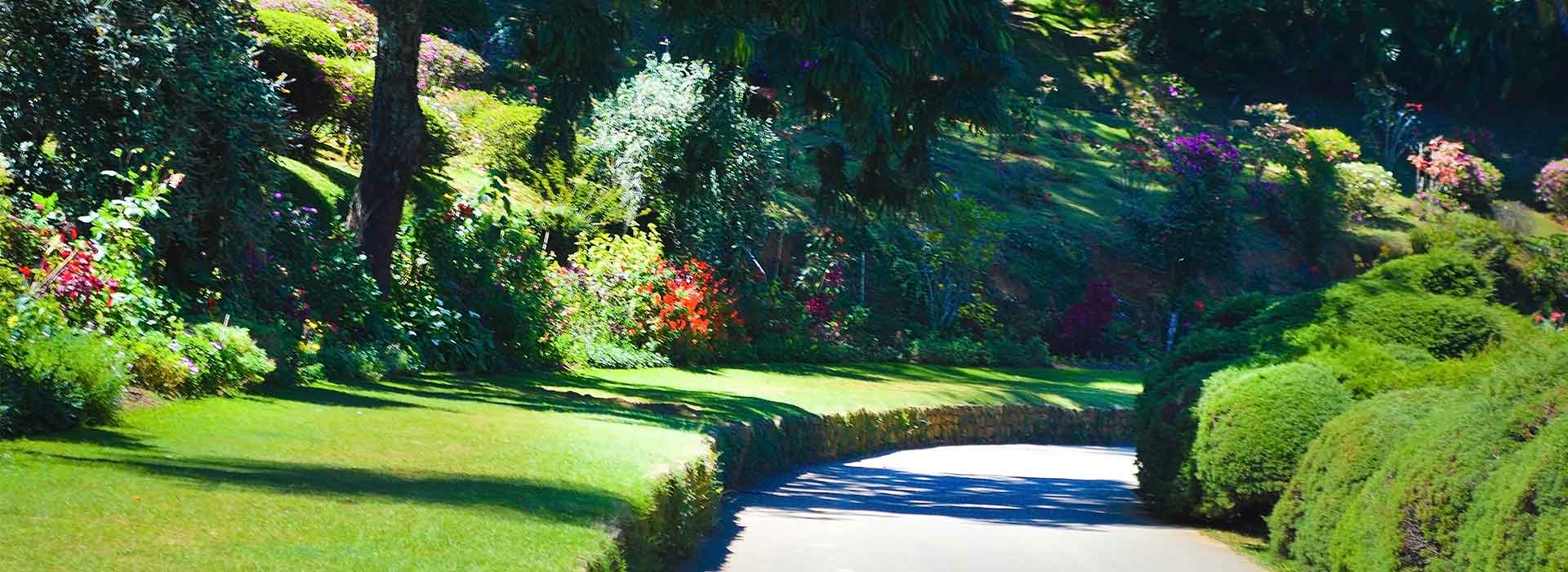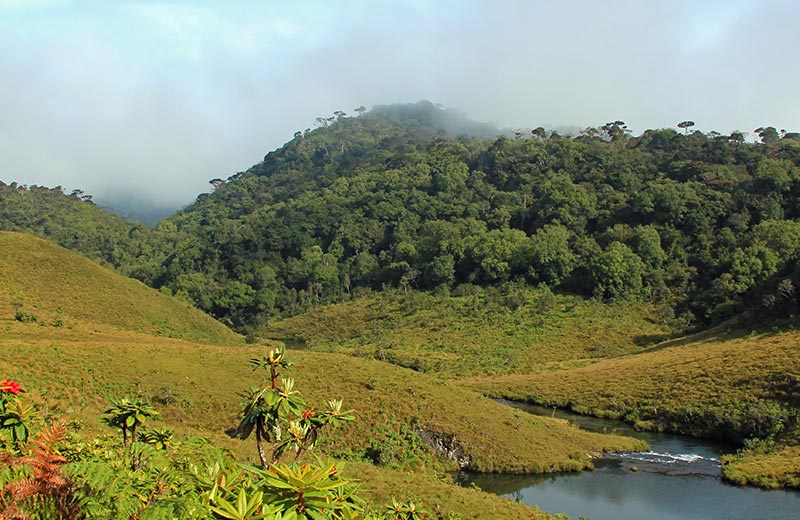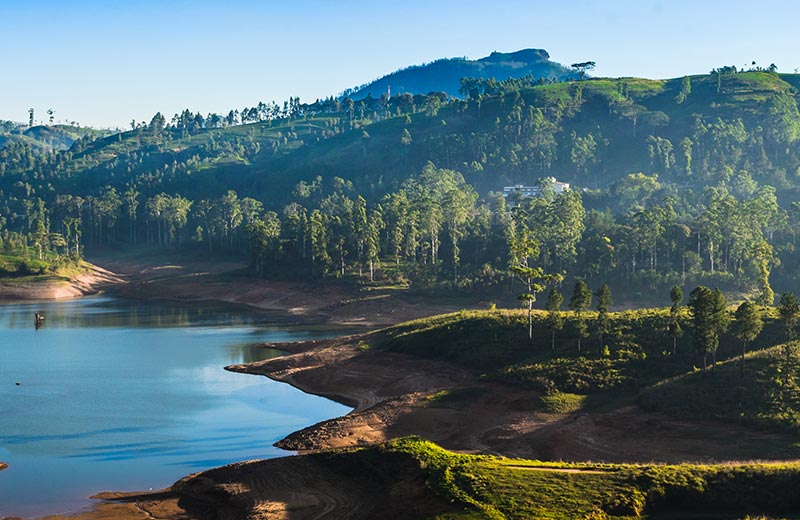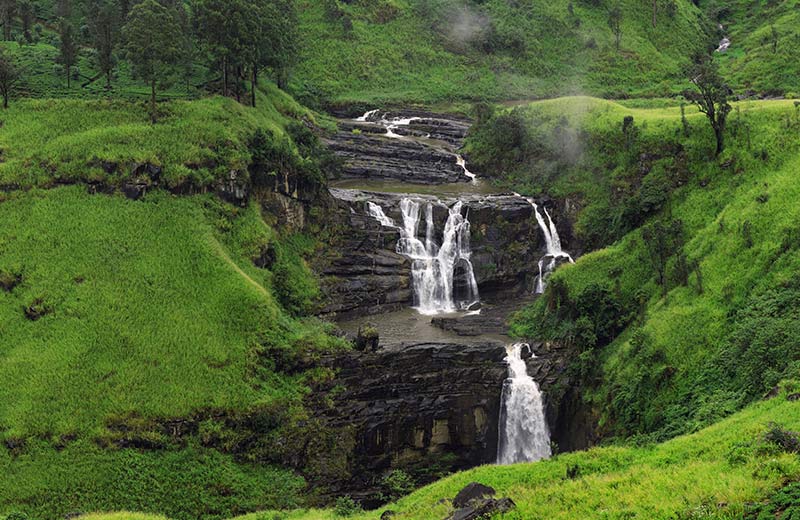Hakgala Botanical Garden
Hatton
In some ways, the Hakgala Botanical Garden can be considered as being a personification of Sri Lanka’s history; the garden has been embroiled in local history and myth, but it was brought into the spotlight in the 1800s by the British, so a trip to this garden is a must.
Where Myth & History Meet
The garden is an amalgamation of Sri Lanka and its colonial past, the landscaped garden began in 1861, and it came into importance then as Cinchona to make quinine, a counter to a Malaria was grown here, but before that the garden was associated with the epic Ramayana. It is said that after the Demon King Ravana kidnapped Sita, he kept her hidden here in the shadow of the Hakgala Rock. To comfort her he transformed the surrounding area into a beautiful flowering garden dedicated to her, which is why the garden is also known as Sita Eliya and why there is a small shrine dedicated to her in the garden.
Horticultural Bliss
Hakgala Botanical Garden is home to over 10,000 flowering plants, making it exceptionally beautiful during the spring months as the garden transforms from its usual shades of green to a kaleidoscope of colour. Since the garden is situated in the hill country, the climate makes it ideal for western flowering plants, and you will find exotic flora from China, Japan, Britain and the Netherlands, grown alongside native foliage. Tall alpine trees grow alongside equally tall palm trees, and English rose bushes fight for the spotlight with a variety of orchids– the garden is a cacophony of culture, history, and colour harmoniously working together, making it a must-visit when in Hatton – even though it’s almost two hours away!



